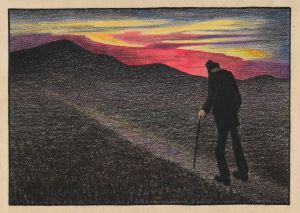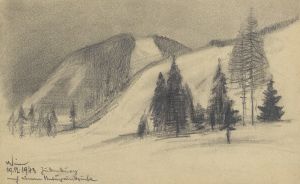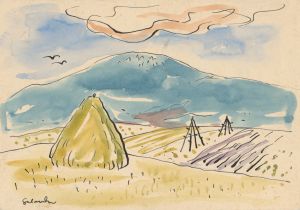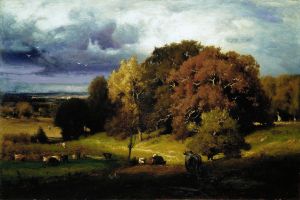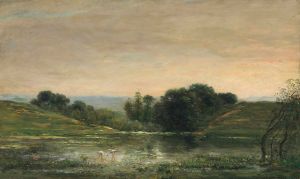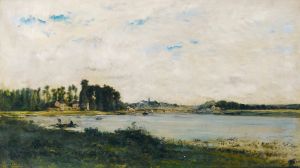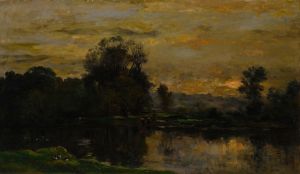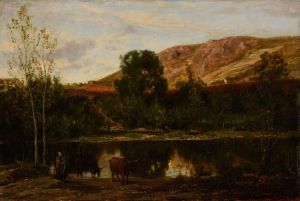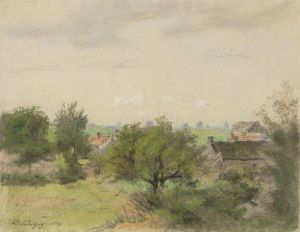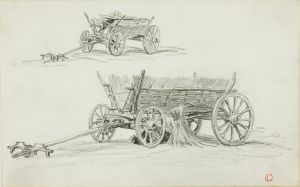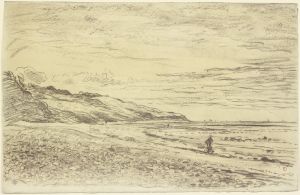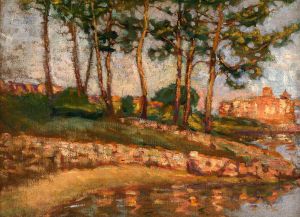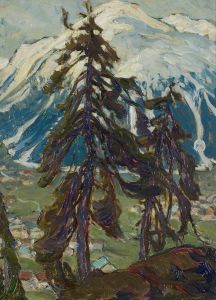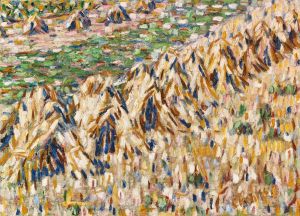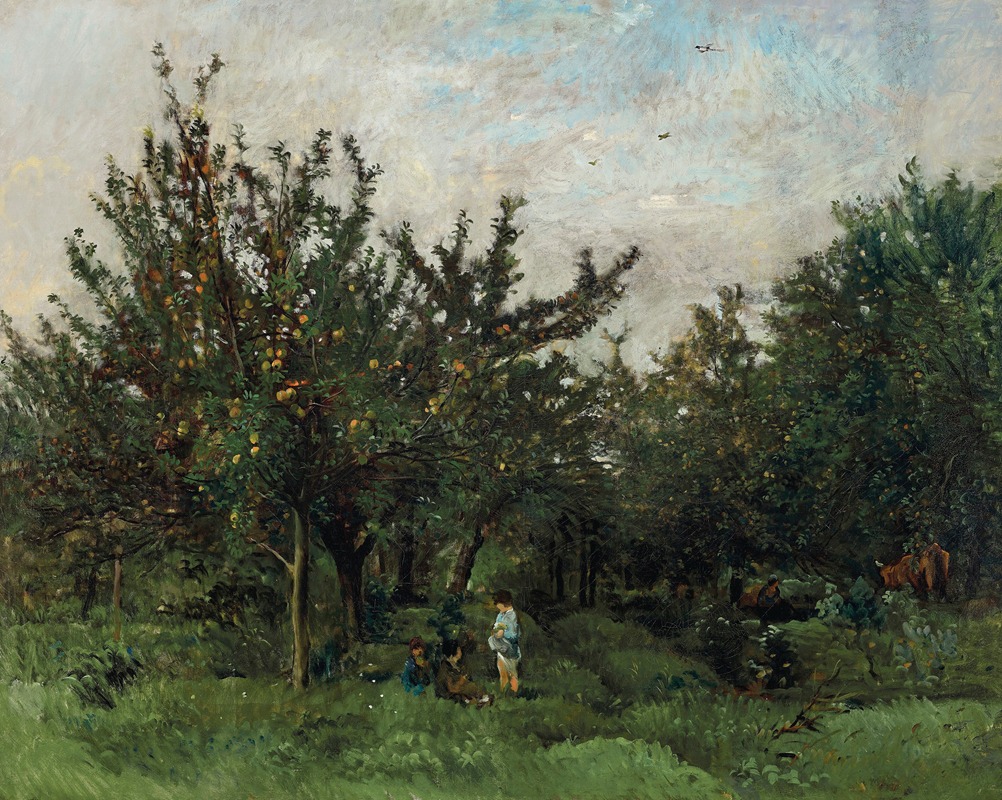
Un Verger
A hand-painted replica of Charles François Daubigny’s masterpiece Un Verger, meticulously crafted by professional artists to capture the true essence of the original. Each piece is created with museum-quality canvas and rare mineral pigments, carefully painted by experienced artists with delicate brushstrokes and rich, layered colors to perfectly recreate the texture of the original artwork. Unlike machine-printed reproductions, this hand-painted version brings the painting to life, infused with the artist’s emotions and skill in every stroke. Whether for personal collection or home decoration, it instantly elevates the artistic atmosphere of any space.
"Un Verger" (An Orchard) is a painting by the French artist Charles François Daubigny, who was a prominent figure in the Barbizon School of painters. The Barbizon School was a movement towards realism in art, which emerged in France during the mid-19th century. Daubigny, born in 1817 and passing away in 1878, was known for his landscape paintings that often depicted rural scenes and the natural environment.
"Un Verger" exemplifies Daubigny's skill in capturing the serene beauty of the French countryside. The painting portrays an orchard, a common subject in Daubigny's oeuvre, reflecting his deep appreciation for nature and rural life. The composition typically features lush greenery, fruit trees, and a tranquil atmosphere, characteristic of Daubigny's style which often emphasized the harmony between nature and human activity.
Daubigny's technique involved painting en plein air, or outdoors, which allowed him to observe and render the natural light and atmosphere with greater accuracy. This approach was influential to the Impressionists, who admired Daubigny's dedication to capturing the fleeting effects of light and weather. His brushwork in "Un Verger" is likely to be loose and fluid, contributing to the overall sense of immediacy and freshness in the scene.
The painting is a testament to Daubigny's ability to convey the peacefulness and simplicity of rural life. His works often evoke a sense of nostalgia and a longing for the pastoral landscapes that were increasingly threatened by industrialization during his time. "Un Verger" is no exception, as it invites viewers to appreciate the quiet beauty of an orchard, a space where nature and human cultivation coexist harmoniously.
Daubigny's influence extended beyond his own works; he was a mentor to several younger artists, including Claude Monet. His approach to landscape painting and his commitment to working directly from nature helped pave the way for the Impressionist movement. "Un Verger" thus not only represents Daubigny's personal artistic vision but also his broader impact on the trajectory of modern art.
Today, "Un Verger" is appreciated for its historical significance and its aesthetic qualities. It serves as an example of the transition from the more formal, studio-based practices of earlier landscape painting to the more spontaneous and naturalistic approaches that characterized later developments in art. The painting remains a valuable piece for understanding the evolution of landscape painting in the 19th century and Daubigny's role in that history.





